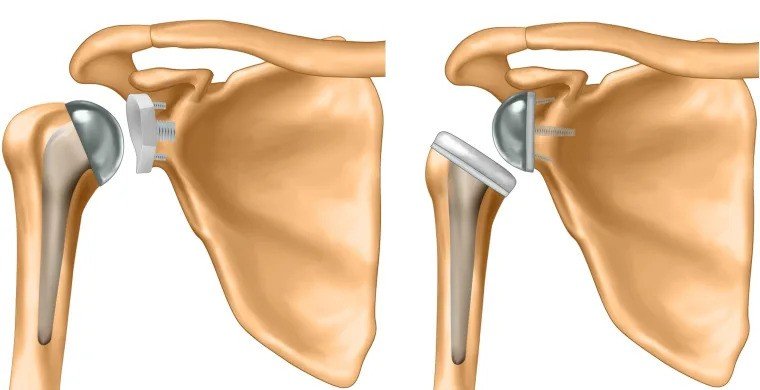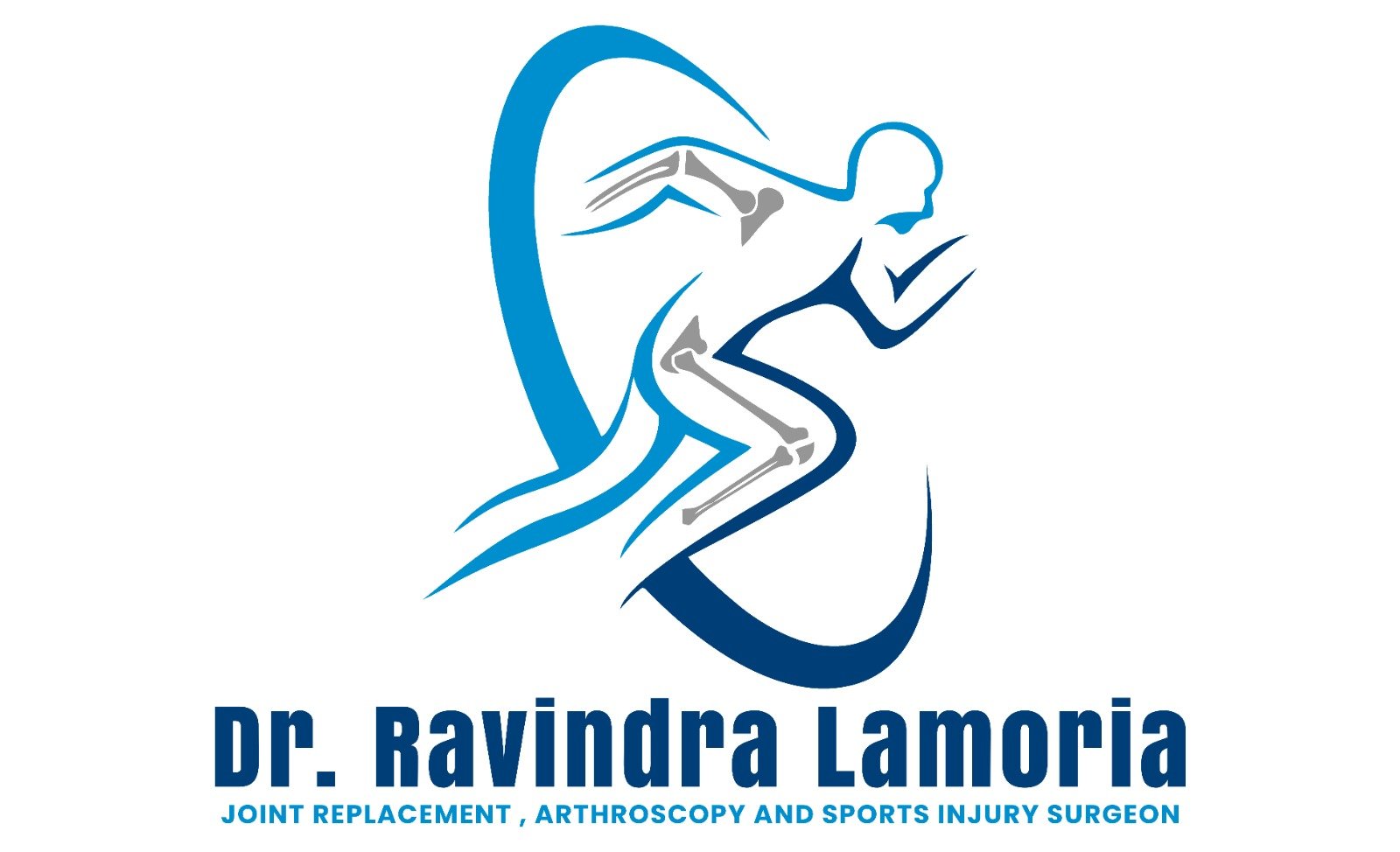Shoulder Replacement
Surgery
What is Total Shoulder Replacement?
Shoulder replacement surgery, also known as shoulder arthroplasty, is a procedure performed to relieve pain and restore function in severely damaged shoulder joints. It is commonly recommended for patients with advanced arthritis, severe fractures, or irreparable rotator cuff injuries. During the surgery, the damaged parts of the shoulder joint are removed and replaced with artificial components made of metal and plastic, which mimic the natural ball-and-socket structure of the joint. This helps improve mobility, reduce pain, and restore strength in the shoulder. The procedure can be a total shoulder replacement, partial replacement, or reverse shoulder replacement, depending on the extent of damage. Most patients experience significant pain relief and improved function after rehabilitation and physiotherapy.


DR. RAVINDRA LAMORIA
M.S (ORTHO)
Joint Replacement & Arthroscopy Surgeon
Shoulder replacement surgery, also known as shoulder arthroplasty, is a procedure to relieve pain and restore function in the shoulder joint when it’s severely damaged, usually due to arthritis, fractures, or long-term wear and tear. The shoulder is a ball-and-socket joint where the humeral head (upper arm bone) fits into the glenoid cavity (shoulder blade). Over time, conditions like osteoarthritis, rheumatoid arthritis, rotator cuff tear arthropathy, or traumatic injuries can wear down the cartilage, causing pain, stiffness, and reduced mobility.
Types of Shoulder Replacement
Total Shoulder Replacement (Anatomic TSA):
The damaged humeral head is replaced with a metal ball, and the glenoid cavity is resurfaced with a smooth plastic cup, replicating normal anatomy.Reverse Shoulder Replacement:
Used when the rotator cuff muscles are severely torn or non-functional. Here, the positions of the ball and socket are reversed — a metal ball is fixed to the shoulder blade, and a socket is attached to the upper arm bone, allowing other muscles (like the deltoid) to move the arm.Partial Shoulder Replacement (Hemiarthroplasty):
Only the humeral head is replaced, typically used for severe fractures or when the glenoid is still healthy.Stemless or Resurfacing Shoulder Replacement:
A bone-preserving option where only the surface of the humeral head is replaced, suitable for younger patients with minimal bone damage.
Procedure
Preoperative Assessment: X-rays, MRI, and sometimes CT scans are used to evaluate bone and soft tissue.
Anesthesia: Usually general anesthesia combined with regional nerve block for pain control.
Surgical Process: An incision is made over the shoulder, damaged bone and cartilage are removed, and the prosthetic components (metal and medical-grade plastic) are implanted.
Duration: Typically takes 1.5 to 3 hours.
Hospital Stay: Most patients stay 1–2 days for monitoring and pain control.
Recovery and Rehabilitation
Initial Phase: Sling support for 2–6 weeks, early passive exercises to prevent stiffness.
Physical Therapy: Gradual strengthening and range-of-motion exercises over several months.
Return to Activities: Most daily activities can resume in 6–12 weeks, with full recovery taking 6–12 months.
Longevity: Modern implants can last 15–20 years or more, depending on activity level and bone quality.
Risks and Complications
Infection, bleeding, nerve injury, dislocation, implant loosening, stiffness, or need for revision surgery.
Outcomes
Most patients experience significant pain relief, improved joint function, and a better quality of life. Proper rehabilitation and adherence to post-op instructions are key to a successful outcome.
